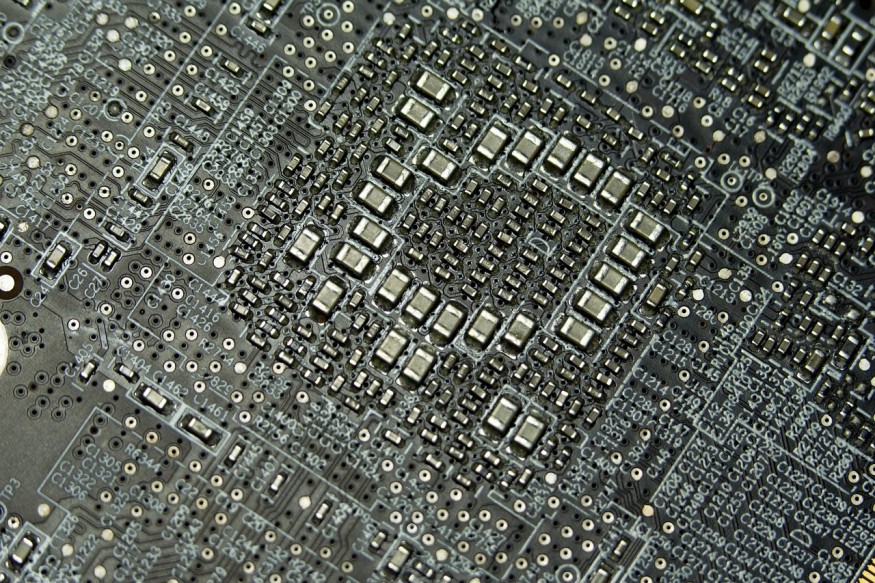Today, almost everyone knows that Ant-Man is one of the superheroes in Marvel movies. One of his special characteristics is generating potent energy despite his small size, which is credited to the transistors embedded in his suit. These transistors enhance feeble signals for processing, but conventional implications may also result in a decline in performance because of heat energy loss and reduced signal transfer speed.
Now, an international team of researchers has created a nano-excitonic transistor that can eliminate the limitations caused by heat energy loss that existing transistors experience.

Overcoming Limitations of Existing Transistors
Phys.org reported that a team of researchers from POSTECH and ITMO University used intralayer and interlayer excitons in semiconductors to develop a nano-excitonic transistor that can overcome the limitations of existing transistors.
Excitons are essential to the development of light-emitting elements and a light source for quantum information technology. In a semiconductor hetero-bilayer, there are two types of excitons, intralayer excitons, and interlayer excitons, with different optical signals. The construction of a two-bit exciton transistor is enabled by selective management of these two signals.
However, due to the non-homogeneity of semiconductor heterostructures and the poor luminous efficiency of interlayer excitons, as well as the diffraction restrictions of light, controlling intra- and interlayer excitons in nano-scale regions has proven difficult.
The researchers had previously proposed technology for controlling excitons using a nano-scale tip to press semiconductor materials, but it was challenging to achieve control due to the limitations mentioned earlier.
In their study, titled "Nanocavity-Integrated van der Waals Heterobilayers for Nano-excitonic Transistor" published in ACS Nano, the researchers reported that they have developed a new approach using photonic nanocavities and a spatial light modulator to remotely control the density and luminance efficiency of excitons based on polarized light. The method is reversible and minimizes physical damage to the semiconductor material.
The team's approach has significant advantages, as a nano-excitonic transistor that uses light can process massive amounts of data at the speed of light while minimizing heat energy loss, the Brighter Side reports. Furthermore, this study is expected to pave the way for the development of exciton-based devices for next-generation electronics and quantum information technology.
How Does the Nano-exciton Transistor Works?
A similar article by Wevolver reports that monolayer semiconductors or transistors are a group of metamaterials that have been studied in the past, and it shows great potential for use in optical computers and other optical information processing technologies, such as controllers and communications.
They have ultra-efficiency and low energy consumption since light travels faster and more efficiently than charged particles in solids. The new nano-exciton transistor is under 10 nanometers in every dimension, making it 100 times smaller than the wavelength of light, which is made possible by the use of plasmon resonance.
It consists of two monolayer semiconductors that are placed inside a nanoresonator made of gold particles, each containing excitons that are distributed in a specific way. If this structure is exposed to light with a certain phase front, then the excitons shift towards either the edges or the center of the plasmonic nanoresonator, corresponding to 1 and 0.
This optical switch is a significant technological breakthrough, despite facing various challenges in future development, as it is small enough to be integrated with other optical elements on a microchip. Its low power consumption and efficiency make it a possible alternative to traditional electronic devices, opening up possibilities for future applications in the field of optical information processing technologies.
RELATED ARTICLE: Tiny Transistors Smaller Than Hair Strand Expected to Help Fabricate Nanoscale Electronic Devices
Check out more news and information on Nanotechnology in Science Times.
© 2025 ScienceTimes.com All rights reserved. Do not reproduce without permission. The window to the world of Science Times.










